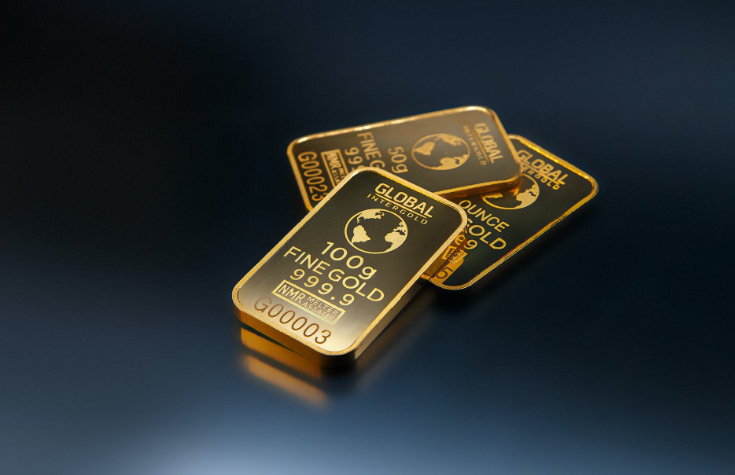

Investing is one way to flourish your finances, but the question is where to invest your money? Some people opt to invest in businesses, stocks, and even gold! Recognizing the factors that help determine the cost of gold is crucial before investing in this metal. Another factor to keep in mind is that gold is not the only precious metal to consider when making this type of investment. If you want to know more about the factors that influence the price of gold bars before investing, please read this financial article.
Gold is quite beautiful in any type, so its aesthetic appeal is usually not an issue if you plan to invest. When it comes to gold prices, trade reports majority state the cost per troy ounce in US dollars. If you’re following the market from outside the United States, be sure to convert this price into your local currency and keep in mind that one ounce is equal to about 31.1g.

Also, remember that the price listed in the industry is always for gold. Most jewelry is much less pure (usually between 40-75%), gold and silver are high purity (over 90%). Once you understand the cost of gold sample mechanisms, you can examine the market forces that cause the large daily price fluctuations. Listed below are the factors that impact the price of gold.
Macroeconomic Data
By far, the most valid metric in terms of the cost of gold is the daily financial advice coming out of those world markets. Like land and money, it’s a place to put your money when things aren’t going well elsewhere. When money pulls out of the stock market, it usually flows into these types of investments; however, in 2008, when the stock market and the housing market crashed simultaneously, gold also seemed like the only safe play, then, it began its remarkable price gains.
Inflationary Pressure
 Inflation is the idea that you recover more than the value of cash when prices rise. Even though the average rate of a house is no longer $40,000, as it was in 1975, the amount of gold bullion needed to buy the same property is just as constant: $40,000 worth of gold in 1975 is now worth over $310,000. This means that regardless of what gold is not paying for, its price generally will not follow the rate of increase or inflation.
Inflation is the idea that you recover more than the value of cash when prices rise. Even though the average rate of a house is no longer $40,000, as it was in 1975, the amount of gold bullion needed to buy the same property is just as constant: $40,000 worth of gold in 1975 is now worth over $310,000. This means that regardless of what gold is not paying for, its price generally will not follow the rate of increase or inflation.
Supply and Demand
Supply and demand is its significant entry into the market behind several commodities. Although the price of gold is a bit more complex than this simple sentence, these factors come into play. The origin of gold depends primarily on its price, as the cost of extraction is imperative. It used to be easy to mine gold, and there are many stories from the gold rush era where the mother lode was found. Today, it is much more challenging to extract gold in massive quantities and requires expensive equipment and technology. Also, because gold is not “used up” or depleted like other commodities, there is always a gold release, regardless of distribution.
Thus, unlike most other commodities, the supply of gold is likely to remain responsive to its price rather than directly affecting it. The demand side is similarly consistent. As the cost of gold is falling, its demand for jewelry use increases (since jewelry is a discretionary spending thing), no matter how investment demand for gold will generally deflate as the cost continues to trend downward.
